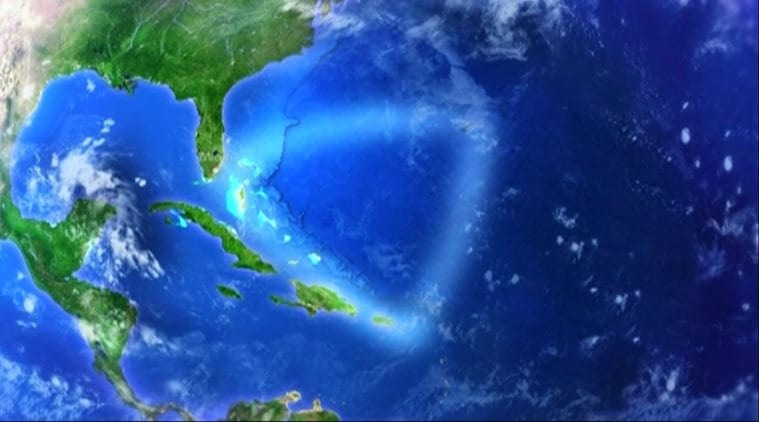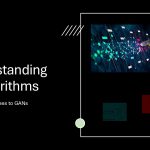The Bermuda Triangle—a region in the western part of the North Atlantic Ocean—has long been shrouded in mystery. From unexplained disappearances of ships and aircraft to bizarre navigational anomalies, this area has captivated imaginations for decades. With rapid advancements in artificial intelligence (AI) and data analytics, researchers are now exploring whether cutting-edge technology can shed light on these enigmatic events.
1. The Bermuda Triangle: History and Enigma
Historical Overview
The term “Bermuda Triangle” was popularized in the mid-20th century when a series of high-profile disappearances of vessels and aircraft occurred in the region between Bermuda, Miami, and Puerto Rico. Over the years, numerous theories—from natural phenomena like rogue waves and methane hydrates to human error and even extraterrestrial interference—have been proposed.
Mysteries and Theories
- Navigational Anomalies: Compasses and electronic instruments reportedly behave erratically.
- Unpredictable Weather: Sudden storms and turbulent seas have been cited as possible causes.
- Geological Factors: Some theories point to underwater topography and seismic activity.
- Human Factors: Mechanical failures and pilot errors also contribute to the mystery.
Despite extensive investigations, a definitive explanation remains elusive, leaving ample room for innovative approaches like AI to explore new possibilities.
2. How AI Can Illuminate the Unknown
Integrating Diverse Data Sources
AI excels in processing large volumes of disparate data. In the context of the Bermuda Triangle, potential data sources include:
- Historical Records: Ship logs, flight data, and incident reports.
- Satellite Imagery: Real-time and archived images that capture weather patterns, ocean currents, and sea surface temperatures.
- Oceanographic Data: Sensor data on water temperature, salinity, and chemical composition.
- Geological Surveys: Information on seafloor topology and tectonic activity.
By aggregating and analyzing these data sources, AI algorithms can identify patterns and correlations that human investigators might overlook.
Advanced AI Techniques
- Machine Learning & Pattern Recognition: Algorithms can be trained on historical incident data to detect anomalies or recurring factors that might explain disappearances.
- Natural Language Processing (NLP): AI can sift through vast amounts of textual data from historical documents, news archives, and eyewitness accounts to extract key insights.
- Predictive Analytics: AI models can forecast weather patterns and ocean currents, potentially correlating environmental conditions with past incidents.
- Computer Vision: Analyzing satellite images and underwater footage can help detect subtle changes in oceanographic conditions.
3. Practical Applications and Research Initiatives
Case Study: Anomaly Detection
Imagine training a neural network on decades of maritime incident reports. The model could learn to flag unusual patterns—such as specific weather conditions or magnetic fluctuations—that precede incidents. Such an approach might help identify previously unrecognized triggers for mishaps in the Bermuda Triangle.
Real-Time Monitoring Systems
Integrating AI with real-time satellite feeds and ocean sensors could create an early-warning system. This system might alert vessels and aircraft to potentially hazardous conditions, thereby preventing future tragedies.
Collaborative Research
Universities, research institutions, and governmental agencies are beginning to collaborate on projects that merge oceanography with AI. These interdisciplinary initiatives aim to build comprehensive models that not only explain past events but also predict future anomalies.
4. Challenges in Using AI for Bermuda Triangle Research
Data Scarcity and Quality
- Incomplete Records: Historical data may be fragmented, biased, or lost over time.
- Data Integration: Merging diverse data types (text, images, sensor readings) into a cohesive dataset poses significant challenges.
Model Complexity and Interpretability
- Black-Box Models: Many advanced AI models lack transparency, making it difficult to understand how they arrive at certain conclusions.
- Generalization: Ensuring that AI models trained on historical data accurately predict future events in a highly dynamic environment is a major hurdle.
Environmental Variability
The Bermuda Triangle is subject to rapid and unpredictable changes. AI models must adapt to this variability to provide accurate and timely insights.
5. The Future: AI as a Tool for Unraveling Mysteries
While AI may not provide all the answers overnight, its potential to revolutionize the study of the Bermuda Triangle is undeniable. Future research could see:
- Improved Data Collection: Enhanced sensor networks and satellite technology providing richer, more reliable datasets.
- Hybrid Models: Combining AI with traditional scientific methods to build more interpretable and robust models.
- Preventative Measures: AI-driven early-warning systems that improve safety for maritime and aviation operations.
In essence, AI represents a promising frontier in the quest to demystify one of the world’s most enduring enigmas.
6. Conclusion
The Bermuda Triangle remains a puzzle wrapped in layers of natural phenomena, human error, and historical mystery. However, the advent of AI and advanced data analytics offers a fresh lens through which to examine these perplexing events. By harnessing the power of machine learning, natural language processing, and computer vision, researchers may soon uncover patterns that have eluded traditional investigations. While challenges remain, the fusion of AI with oceanographic and historical research could eventually illuminate the secrets of the Bermuda Triangle, making the mysterious more understandable—and perhaps even preventable.


